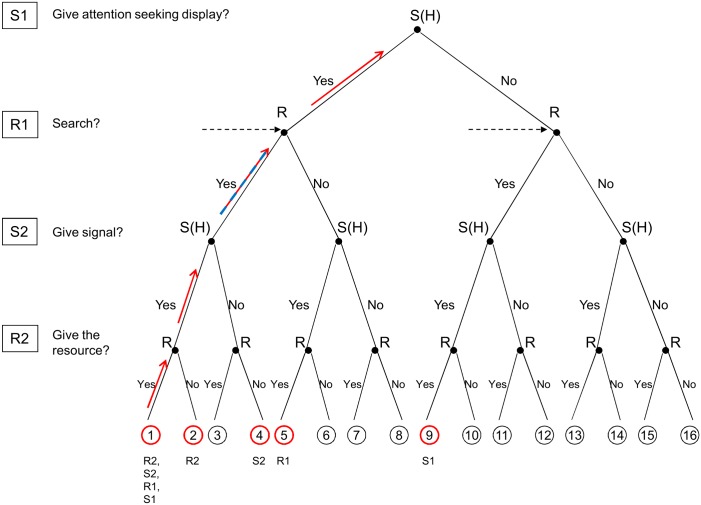Fig 2. The logic of backward induction for high quality signallers.
Arrows show the progression, coloured circles show the compared nodes and the label(s) below the circles show the step at which the given nodes are compared. We are searching for a pair of ESS strategies that lead to node 1 in case of the high quality signaller (i.e. where receivers search and high quality signallers give ASD). First step: node 1 vs. node 2 from the receiver’s point of view (R2). Second step: node 1 vs. node 4 from the signaller’s point of view (S2; note, since we are interested in the stability of the receiver's strategy of playing (U,D), strategy node 3 does not need to be considered). Third step: nodes 1 and 5 vs. nodes 12 and 16 weighted by the ratio of high to low quality individuals from the receiver’s point of view (R1; the reason behind comparing several nodes is the informational uncertainty the receiver facing at this point). Fourth step: node 1 vs. node 9 from the signaller’s point of view (S1).

